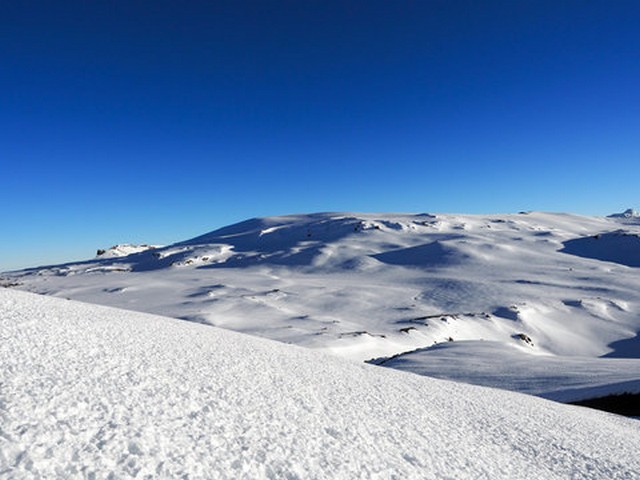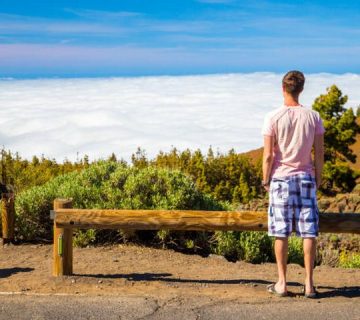High-Altitude Photography Tips for Kilimanjaro: Capture the Roof of Africa
At the Kilimanjaro Centre for Trekking and Ecotourism (KCTE), we understand the allure of Mount Kilimanjaro not just as a trekking destination but as a canvas for photographers. Ascending the highest peak in Africa offers a unique opportunity to capture landscapes that are literally at the top of the world. Whether you’re a seasoned photographer or a hobbyist, this guide will help you snap breathtaking photos from high altitudes while ensuring a memorable and safe journey up Kilimanjaro.
Preparing for Your Photographic Expedition
Choosing the Right Gear
High-altitude photography on Kilimanjaro demands not just skill but also the right equipment. Lightweight, durable, and functional are the keywords when selecting your gear.
- Camera: A DSLR or a mirrorless camera with manual settings will give you control over exposure, which is crucial in the varied lighting conditions of Kilimanjaro.
- Lenses: A good range zoom lens (such as 24-70mm) can be versatile. Additionally, a telephoto lens (like 70-200mm) will be ideal for capturing distant peaks and wildlife.
- Tripod: A lightweight, compact tripod is essential for long exposures, especially during sunrise or sunset.
- Batteries and Memory Cards: Cold temperatures can drain battery life quickly, so bring extras and keep them close to your body to stay warm.
Understanding the Unique Lighting Conditions
The equatorial yet high-altitude location of Kilimanjaro creates unique lighting conditions. The light is often very harsh during midday, yet the mornings and evenings can provide a soft, golden glow perfect for photography. Planning your shots around these times can dramatically enhance the quality of your photos.
Techniques for High-Altitude Photography
Mastering Exposure
The bright, reflective surfaces of Kilimanjaro’s glaciers and the often stark-white clouds can trick your camera’s metering system. Learning to manually adjust your camera’s settings to manage these extreme exposures is crucial.
Composition Challenges at Altitude
With landscapes so vast and a horizon that feels like it stretches forever, it can be a challenge to frame your shots on Kilimanjaro. Use elements like rocks, glaciers, or even fellow trekkers as focal points to give scale and depth to your compositions.
Capturing the Human Element
Including trekkers in your photos can add a powerful narrative element. Capture the struggle, the camaraderie, or the solitary moments of contemplation to bring emotional depth to your high-altitude shots.
Safety Tips While Shooting on Kilimanjaro
Protecting Your Equipment
Rapid changes in weather can happen. Waterproof and dustproof bags and covers for your gear are essential to protect them from rain, dust, and the abrasive volcanic soil.
Personal Safety Over Equipment
While capturing that perfect shot is tempting, never compromise on personal safety. Always be aware of your surroundings, especially on uneven terrains or during adverse weather conditions.
Keeping Healthy
High altitude can lead to problems like AMS (Acute Mountain Sickness). Keep hydrated, eat well, and acclimatize properly. Remember, your health is more important than any photo.
Best Spots for Photography on Kilimanjaro
Uhuru Peak
The highest point of Kilimanjaro offers panoramic views and the triumphant feeling of being at the “Roof of Africa.” Sunrise here is not to be missed, as the first rays light up the vast African landscape below.
Baranco Wall
A challenging yet visually rewarding part of the trek, Baranco Wall offers stunning views of the mountain itself and the surrounding landscape, perfect for wide-angle shots.
Shira Plateau
This relatively flat area offers easier walking conditions, allowing more stability for taking photos. The plateau’s high elevation offers great cloud formations and, on clear days, views of Mount Meru in the distance.
Why Choose Kilimanjaro Centre for Trekking and Ecotourism (KCTE)?
At KCTE, we are not just experts in guiding trekkers safely up and down Kilimanjaro; we are enthusiasts of the mountain’s beauty and champions of its conservation. We provide tailored advice for photographers, from choosing trails that offer the best vistas to understanding the unique challenges of high-altitude photography. Booking your climb with KCTE ensures not only a journey to the summit but also the capturing of awe-inspiring images that last a lifetime.
Frequently Asked Questions
What is the best time of year for photography on Kilimanjaro?
The best times are during the dry seasons, from late June to October and from late December to March, when skies tend to be clearer.
How do I handle my camera in cold weather?
Keep your camera and batteries inside your jacket until you are ready to shoot to keep them warm. Consider using an insulated camera bag.
Are there any restrictions on using drones for photography on Kilimanjaro?
Yes, drone use is restricted and requires special permits. Contact KCTE for assistance in obtaining the necessary permissions.
Can I hire photographic equipment from KCTE?
Yes, we offer rental services for some photographic equipment. Contact us for more details on available gear.
How physically prepared should I be for capturing photos on Kilimanjaro?
High-altitude trekking requires good physical health. Additionally, carrying extra photography gear can be demanding. Training for endurance and strength is recommended.
Capture the Majestic Kilimanjaro with KCTE
Ready to frame the breathtaking landscapes of Kilimanjaro through your lens? Join us at the Kilimanjaro Centre for Trekking and Ecotourism for an unforgettable photographic expedition. Let us worry about the logistics while you focus on capturing the stunning beauty of Kilimanjaro. Book your climb today!
Capture not just images, but also memories. Let Kilimanjaro leave a mark in your heart and your portfolio. Join us, and let’s ascend to capture the extraordinary together!




